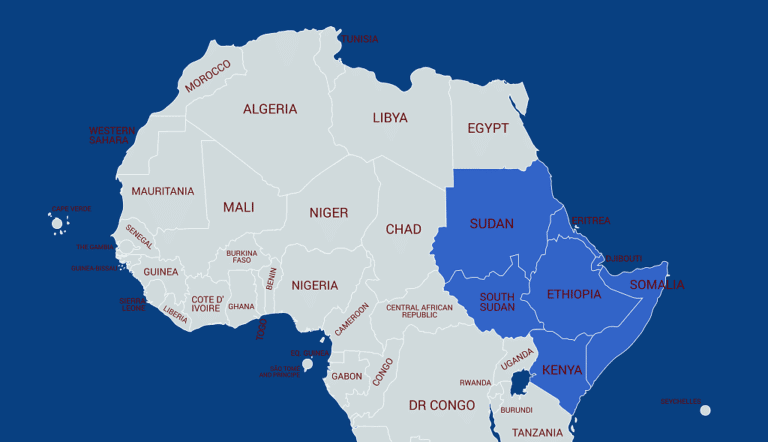
Theodore M. Vestal, Oklahoma State University
International Journal of African Development
Abstract
During the critical five year period leading up to the velvet revolution and the overthrow of Haile Selassie’s regime, there were missed opportunities to bring about peaceful change in Ethiopia’s governance. This paper analyzes the events of this period that led to the rise of the Derg and the revolutionary changes that followed and speculates on when strategic steps could have been taken to avoid the catastrophic events that ensued in 1974.
The End of the 1960s
In early 1969, Haile Selassie was at the apogee of his power exercising undivided, absolute, single-handed rule. The governing structure, a tightly centralized state, continued apace. Government had grown so that there were more institutions–bureaucratic, financial, political, and military–created by Haile Selassie and staffed with personnel chosen by him. Ministries could carry out assigned tasks, but all were under the supervision of the Emperor who had designed them to concentrate power in his person. Haile Selassie, it was, who authorized major decisions of the government since no one else had authority enough to do so. He even was involved in less significant matters too– meeting requests of petitioners, distributing charity, and proffering advice or reproofs to individual subjects.
In the descriptive term of U.S. President George W. Bush, the Emperor was “the decider.” Decisions emanated from the palace. The organization chart of the governing process remained simple: a giant arrow going out from the central box representing the monarch to all ministries and other official entities, all of whom eventually were beholden to Haile Selassie. The system, in 1969, was working. The nation enjoyed internal peace, and there was nothing originating in the government that could be considered highly threatening to the regime. The Emperor seemed confident that governing would continue as it had for almost 40 years under his enlightened rule.
In his domestic rule, the paternalistic Emperor made just enough change in his masterly system of divide and rule to keep competing forces in delicate balance. The landed aristocracy, the church, the mainly Western-educated younger technocrats, and the military all fell under the overriding shadow of the personality of Haile Selassie. The Emperor could co-opt most of them through preferential treatments of grants of land or lucrative appointments. The privileges and interests of the nobility were protected in exchange for their support of royal absolutism. The Crown Council and feudal lords might grouse about the assertiveness of the modernizing elite with its new ideas and promotion of centralizing government operations, but they were content so long as the IEG kept conservative ideas in policy and in parliament at the forefront. The educated elite, growing in number, found Haile Selassie too tolerant of traditionalists but were mollified by such successes as the Emperor allowed them. The monarch did not strive for an open society based on merit rather than on personal allegiance and the sharing of power. — Read more —-
















